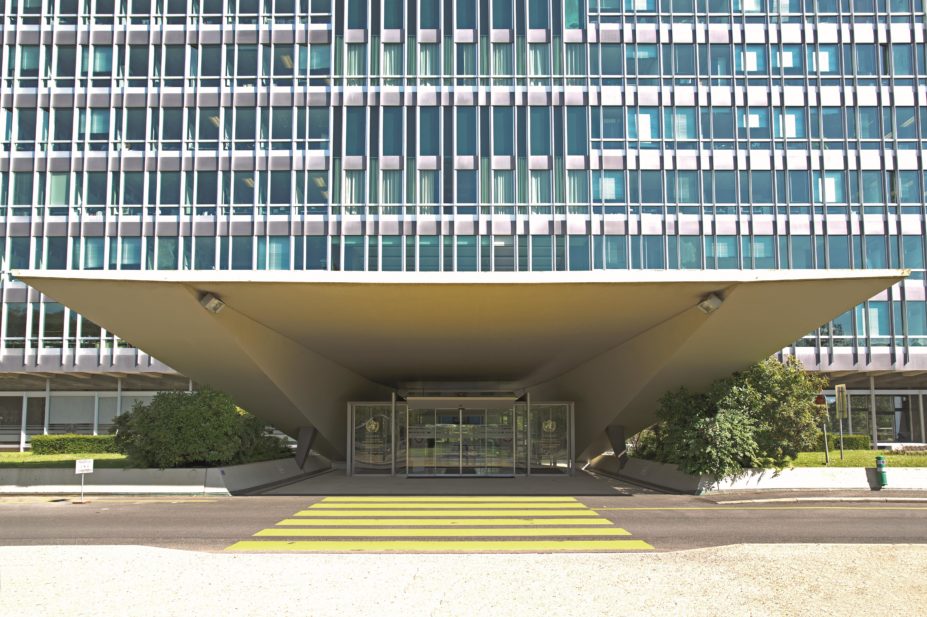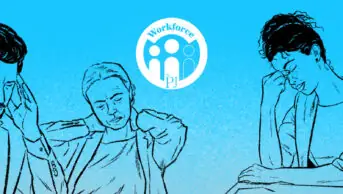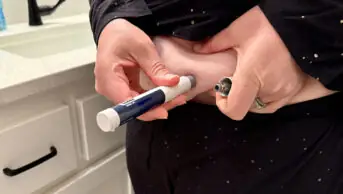
Martin Good / Shutterstock.com
The first-ever global guideline governing the prescribing and supply of children’s medicines when no authorised product exists has been developed by the World Health Organization (WHO) and the International Pharmaceutical Federation (FIP), which represents professional pharmacy organisations across the world.
The guideline, aimed at health professionals, medicines regulators and the pharmaceutical industry, explains the issues that arise and what course of action to take when there is no child-specific product commercially available.
The document gives advice on issues such as tablet/capsule splitting and crushing and the risks involved, including when drugs are mixed with food. It also considers when it is possible to administer injectable products as oral medicines and when it might be appropriate to switch products. It recommends, for example, that if a prescribed medicine is not available in an age-appropriate formulation, using an alternative commercially available medicine with a similar therapeutic action, which is available in a more suitable form, should be considered.
Régis Vaillancourt, director of pharmacy at the Children’s Hospital of Eastern Ontario, Canada, who helped draw up the guideline, says: “Right now in hospitals we still have to compound products for children every day, many times a day, and this guidance — the first international consensus-based approach dealing with this subject — is much needed.”
Sabine Kopp, the WHO’s group lead for medicines quality assurance, adds: “While we wait for the research industry to catch up on children’s medicines, this is the best alternative we have.”
It is hoped that the guideline will help achieve one of the United Nations sustainable development goals, which is to ensure healthy lives and promote wellbeing for people of all ages. That goal includes a commitment to provide access to safe, effective, quality and affordable essential medicines and vaccines.


